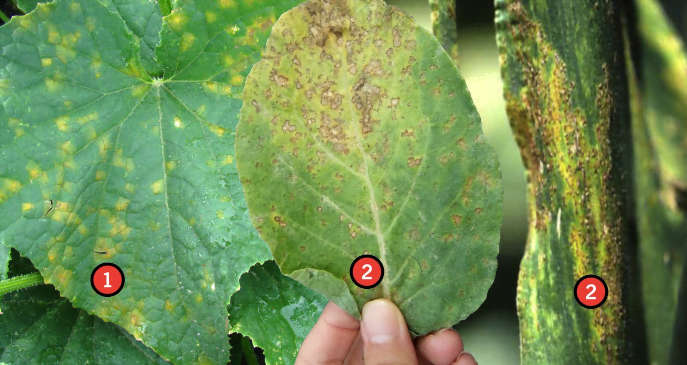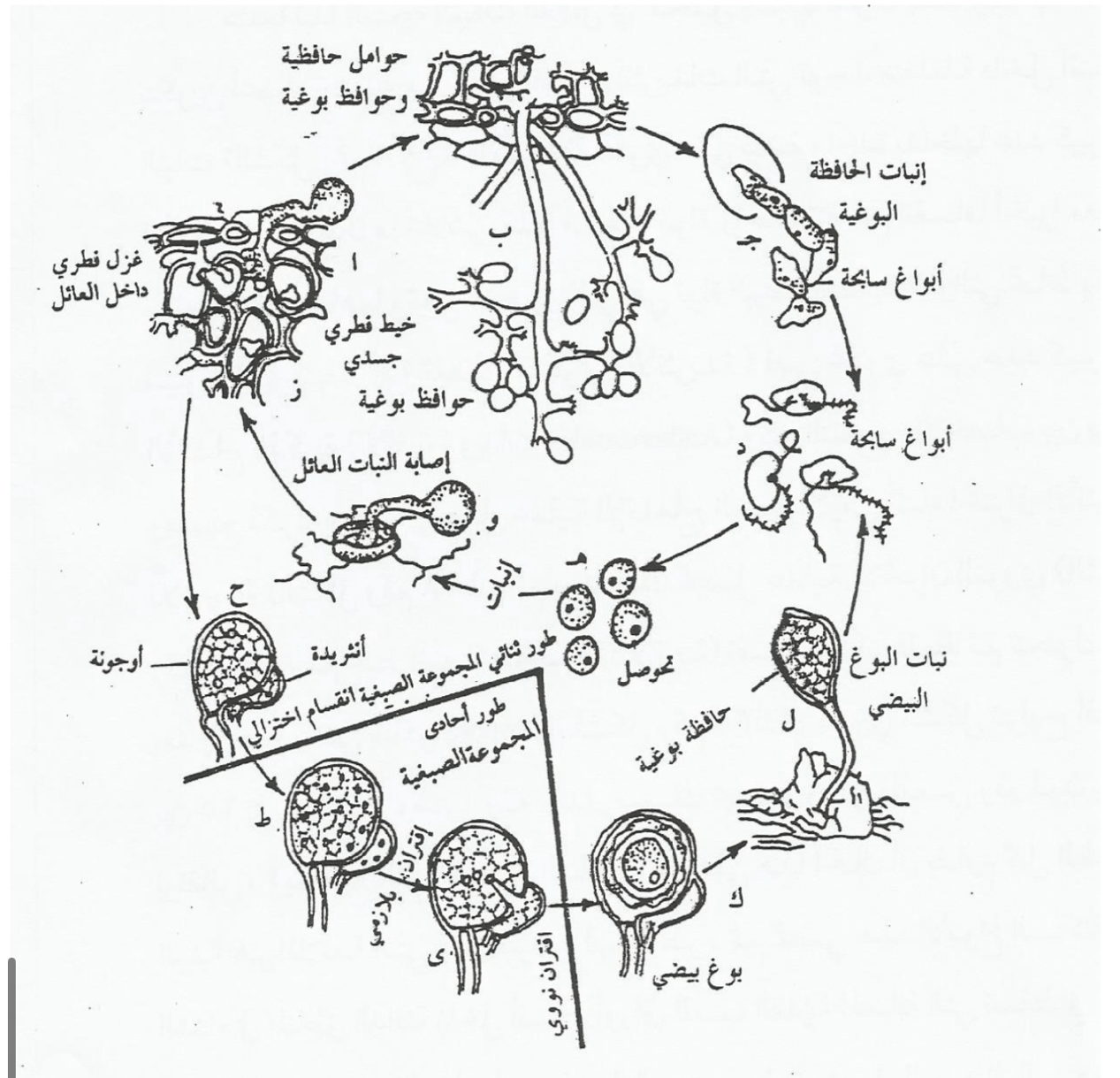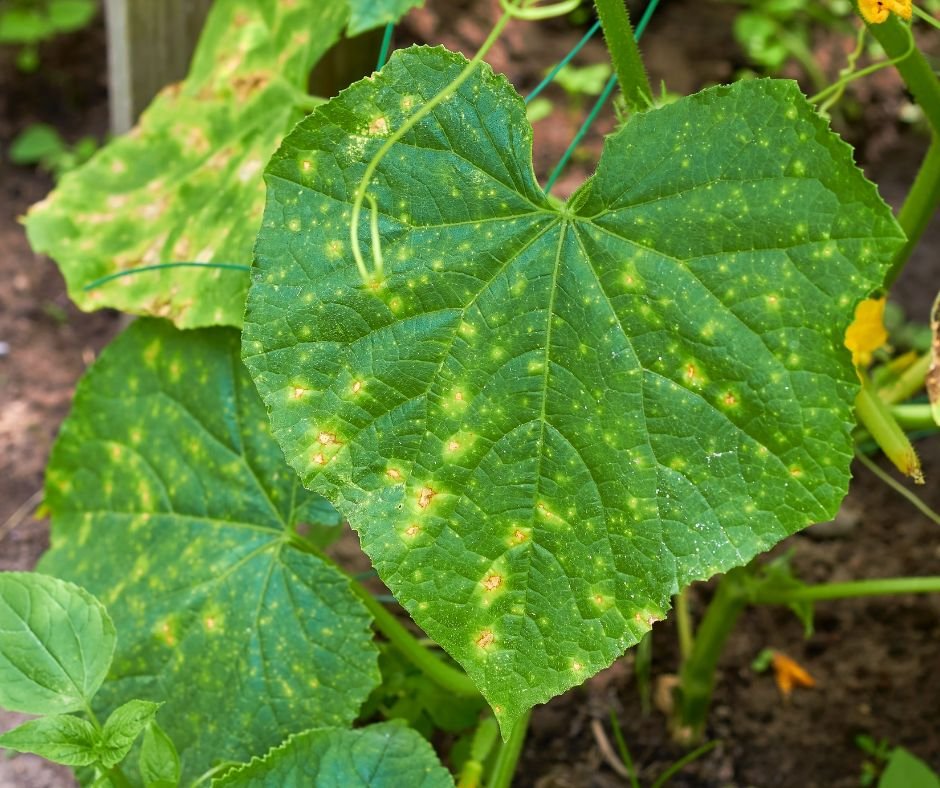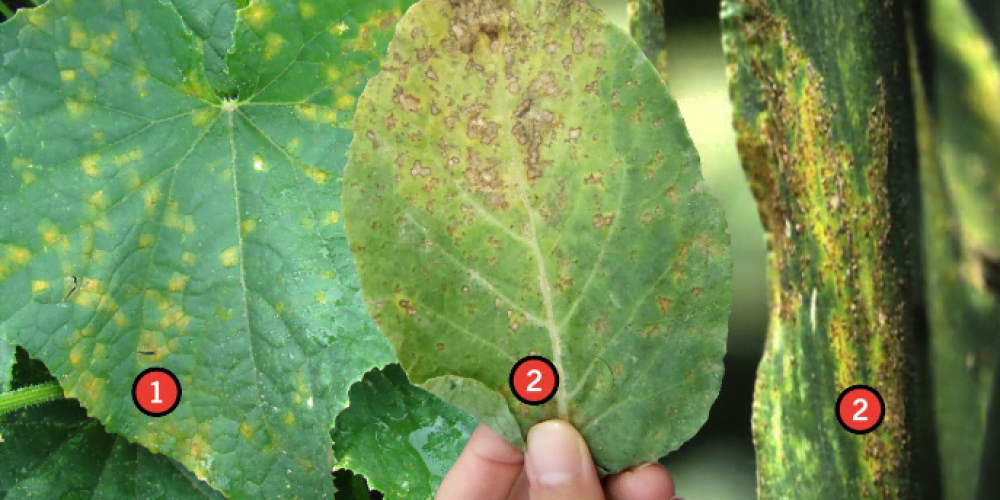Table of contents of the article
ToggleDowny mildew is a fungal disease that affects a variety of plants, including eggplant. In this article on your website, World of Plants, we review the symptoms of this disease and methods of prevention and control.
Definition of downy mildew disease?
Downy mildew is considered one of the most famous fungal diseases known in the world. This disease is caused by a specialized fungus that infects a specific host and does not infect any other host. Therefore, you always find the names of diseases in downy mildew followed by the name of the host, such as downy mildew in cucurbits, onions, corn, etc. The fungus is an obligate parasite that only lives on plant cells, where it sends suckers into the cells to absorb its food. Here we will learn about the symptoms Downy mildew disease Conditions of its spread and methods of prevention and treatment
Symptoms of downy mildew
This fungus is called downy mildew because it has white to gray downy growths. The infection begins after it is transmitted from an infected plant to a healthy plant and then enters the plant tissues. The oospores are found on previous crops in the winter before they are transmitted to healthy plants.
Symptoms appear as pale yellow spots that then turn yellow and then brown. On the lower surface, they are accompanied by white to gray fluffy growths. After the disease develops, the spots unite to cover the entire surface of the leaf. The infection is not limited to the leaves, but extends to the young stems and fruits.
On the stems, the symptoms are brown lesions, then white fuzz appears on these spots, and the stems become thin and easy to break. As for the fruits, brown, marble-like spots appear, soft rot appears, and they become unmarketable.

Suitable conditions for the spread of downy mildew
For the spread of downy mildew on plants, appropriate weather conditions must be present, which correspond to cold and moderate weather. Where the temperature is 16-20 degrees Celsius. As for the humidity, it is very high, exceeding 90%, so it is necessary to pay attention to reducing irrigation and good ventilation to reduce the humidity around the plants and thus avoid spreading disease germs.

Life cycle: The most important of these species from an economic point of view is Plasmopara viticola. This species parasitizes grapes and causes a disease called grape downy mildew. This species grows as an intercellular parasite inside leaves and small branches, causing spotting. It may infect the fruits, causing them to rot.

In the same context, farmer Samir Hajo says that the “downy mildew” disease destroyed about 70% of the grape crop on his land, which will cause him losses equivalent to 15 thousand and 700 US dollars. “Hajo” indicates that he used medications to treat the fungal disease, worth $1,500, but all of them failed to eliminate it.26
Ways to prevent downy mildew
- Pay attention to reducing humidity by adjusting planting distances, good ventilation, and organizing irrigation.
- Dispose of infected leaves, stems, and plants by burning and burying to avoid spreading the disease.
- Sterilize the seeds before planting them and buy seeds from a reliable source that is free of pathogens.
- Disposing of the previous crop by burning to eliminate the risk of spreading fungal spores on the farm.
- Follow an agricultural cycle to prevent the presence of the appropriate host for the infection to occur and thus get rid of the disease fungi.
- Preventive spraying with fungicides containing copper to protect plants from spreading fungal spores.
- In the event of infection, the plants are sprayed with medicinal pesticides to get rid of the disease, which may cause significant losses.
In conclusion, we would like to note that we, at the world of plants website, offer you all the necessary services in the world of plants, we provide all farmers and those interested in plants with three main services::-
- Artificial intelligence consulting service to help you identify diseases that affect plants and how to deal with them.
- Blog about plants, plant diseases and care of various crops ... You are currently browsing one of her articles right now.
- An application that provides agricultural consultations to clients, as well as a service for imaging diseases and knowing their treatment for free – Click to download the Android version from Google Play Store، Click to download the IOS version from the Apple App Store.
sources:-
Downy mildew, the mold fungus, treatment of downy mildew and its control - almardia
Downy mildew disease - panadoora




